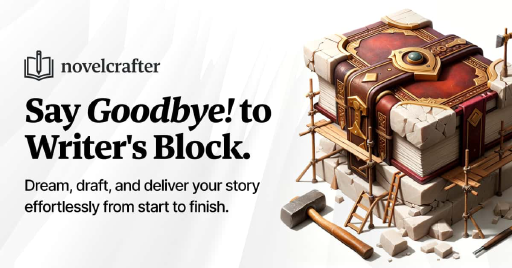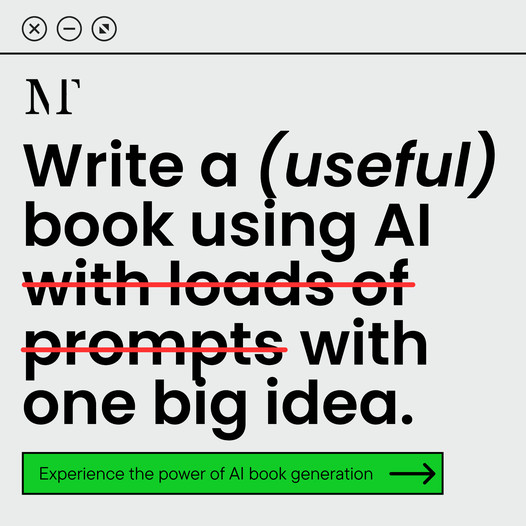TL;DR
Creating a compelling protagonist involves deeper connections to the story rather than just making them likable. Here are five secrets to help you craft a believable main character:
- Start with the villain: The hero-villain dynamic shapes your story and should be developed together.
- Have your protagonist represent a value: Link your character to the central theme of the story.
- Give everyday and plot goals: Ensure your character has relatable everyday aspirations alongside their main plot goal.
- Let them make meaningful mistakes: Mistakes should have significant consequences that contribute to character growth.
- Create contradictions within your character: Embrace complexity in your protagonist by allowing conflicting desires and traits.
Secret #1: Start with the Villain
The hero-villain dynamic is essential for shaping the story. The villain typically drives the plot, presenting challenges that force the hero to react. This creates a battleground where the hero and villain clash, determining the fate of their world. I recommend crafting your hero and villain simultaneously, as they often represent two sides of the same coin.
For instance, consider Indiana Jones and his rival, Belloq. Both are brilliant archaeologists, but they have fundamentally different beliefs: Jones thinks artifacts should be preserved and studied, while Belloq believes they should be sold to the highest bidder. This contrast creates tension and conflict, enriching the narrative.
If your story lacks a traditional villain, remember that the conflict can stem from the setting, society, or even the protagonist themselves. A great example is the film Good Will Hunting, where Will is his own worst enemy. His internal struggles and fears lead him to make decisions that hinder his happiness, showcasing that conflict can be deeply personal.
Secret #2: Have Your Main Character Represent a Value
Your main character should embody a core value or belief that resonates with the story’s theme. Stories are often battles between opposing ideas, and having your hero and villain represent these opposing sides adds depth to the narrative. Consider Return of the Jedi: Luke Skywalker represents good, while Emperor Palpatine symbolizes evil. Their conflict is not just physical; it’s a clash of values, making the resolution meaningful.
While Luke represents goodness, he also embodies other values such as idealism, self-sacrifice, hope, and courage. Well-rounded characters often represent multiple values, so choose at least one key value for your protagonist and explore how it connects to the broader theme of your story. For example, in Spider-Man, Peter Parker represents the responsible use of power, while Norman Osborne embodies the opposite. Their values clash repeatedly, leading to significant thematic exploration.
Secret #3: Give Your Main Character Everyday Goals and Plot Goals
While plot goals are crucial for driving the main conflict, everyday goals add depth and humanity to your character. These are the small, relatable aspirations that shape your protagonist’s life outside the main plot. Consider objectives like doing their job, being a good parent, pursuing dreams, or maintaining relationships.
Real people have numerous small goals that contribute to their overall existence, and if your character only focuses on the plot goal, they may come across as a mere chess piece in the narrative. For instance, a character might be on a quest to save the world (plot goal) but also struggles with personal issues like balancing work and family (everyday goals). This duality makes them feel like a real person with relatable experiences.
Secret #4: Have Your Main Character Make Meaningful Mistakes
Nothing is more engaging than a protagonist who learns and grows through their mistakes. Superficial errors that don’t impact the story can make a character feel flat and uninteresting. In contrast, meaningful mistakes add layers to the narrative, making your character more believable and relatable.
These mistakes force your protagonist to respond, revealing their true selves and driving the plot forward. A compelling example is seen in the film The Substance, where an aging actress injects herself with a serum that creates a younger version of herself. The younger self’s mistakes lead to severe consequences, creating conflict and development throughout the story. Allowing your protagonist to fail and confront their flaws not only enhances character development but also enriches the narrative.
 What Poetry Feels Like
What Poetry Feels LikeSecret #5: Create Contradictions Within Your Protagonist
To craft a truly complex protagonist, embrace contradictions. Human beings are inherently contradictory, and reflecting this in your characters adds realism and intrigue. Robert McKee’s book Character discusses three layers of complexity: the outer layer (how characters present themselves), the inner layer (what they consciously desire), and the hidden layer (subconscious desires).
For example, Walter White from Breaking Bad presents himself as a meek high school teacher, but he secretly desires power and legacy through his illegal activities. This contradiction between his public persona and inner desires makes him a compelling character. Not every protagonist needs to be as layered as Walter White, but incorporating contradictions allows for fresh and unpredictable storytelling.
Conclusion
Creating a gripping and believable protagonist requires going beyond surface-level traits. By focusing on the relationship between the hero and villain, representing core values, incorporating everyday goals, allowing meaningful mistakes, and embracing contradictions, you can craft characters that resonate with readers and drive your story forward. Remember, the more complex and relatable your protagonist is, the more engaging your narrative will be. So, what are your thoughts? Who’s your favorite main character? Share your insights in the comments below!
Original channel: https://www.youtube.com/channel/UChqAmyhEejCMMIxJmvUrdYw


 Grab my poetry book, 'we're all just wanderers in the end' Here
Grab my poetry book, 'we're all just wanderers in the end' Here AD: Your Book Finally Written...
AD: Your Book Finally Written...